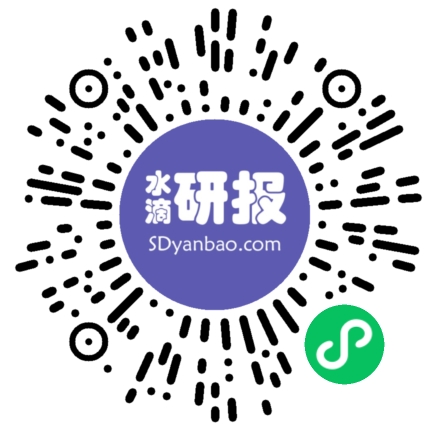人力资源领袖季刊:优化工作方式
Insights from ReimagineHR 2024Fourth Quarter 2024HR Leaders QuarterlyMaking WorkBETTERBETTERAt the dawn of the 2020s, few of us could have imagined the world we’d be living in less than five years later, or how dramatically world events would transform the workplace. The COVID-19 pandemic, natural disasters fueled by a changing climate, wars and political turmoil around the world, supply chain disruptions and other global crises have all taken a toll on organizations and the workforce. Employees have felt these impacts on their physical and mental health, their sense of community and belonging, and their ability to cope with uncertainty and continuous change in the business environment. Leaders have struggled to manage people effectively through these disruptions — with the adjustment to hybrid work, fast-changing employee expectations and a historic generational turnover in the workforce all adding to the challenge.Throughout 2024, HR leaders have been working in an environment of social, economic and technological changes that have been hard on employees, managers and senior leaders alike. Societies remain bitterly divided by social, political and cultural differences, and these divisions can manifest in the workplace as employee fatigue, burnout, disengagement and conflict. While fears of a global recession have not become reality, slowing economic growth in the U.S. and other major economies has made it harder for business leaders to plan for the future. At the same time, these leaders are under pressure to reduce costs and accelerate growth in their organizations. Labor markets have cooled down slightly but remain competitive, with high-value skills in short supply.And of course, amid all these other challenges, the subject on everyone’s mind is AI: How will it change the way organizations operate, and how will it affect the workforce? The long-term impacts of this transformative technology are still unpredictable. But in 2024, many leaders have moved past the novelty and hype and begun to think more deeply about how targeted investments in AI can actually create value for their organizations. In this environment, we see many CEOs making major updates to their business strategies and goals, putting pressure on CHROs to ensure their talent strategies support these evolving visions. Gartner’s ReimagineHR Conferences this year are focused on how HR leaders can use this moment of reset to make work better — for employees, for managers and for the organization. Our 2025 HR Priorities Survey shows that HR leaders are increasingly focused on strategic workforce planning and HR technology, while continuing to prioritize perennial challenges such as leader and manager development, organizational culture and change management.In this inaugural issue of HR Leaders Quarterly, we present a selection of insights from these conferences to show how HR leaders can and should respond to several of their most pressing concerns. These include making strategic t
人力资源领袖季刊:优化工作方式,点击即可下载。报告格式为PDF,大小26.31M,页数74页,欢迎下载。









